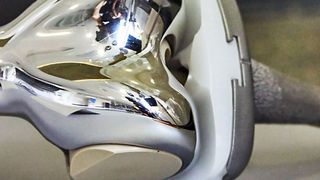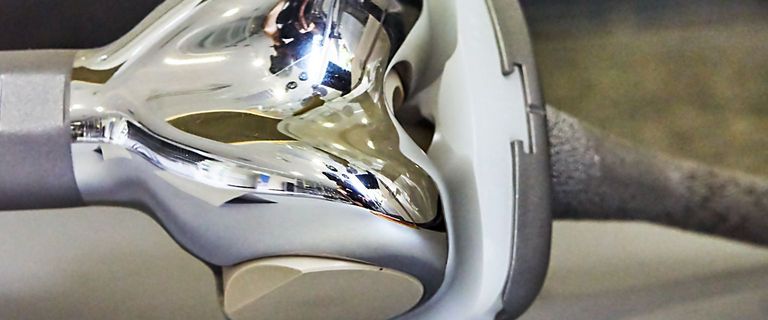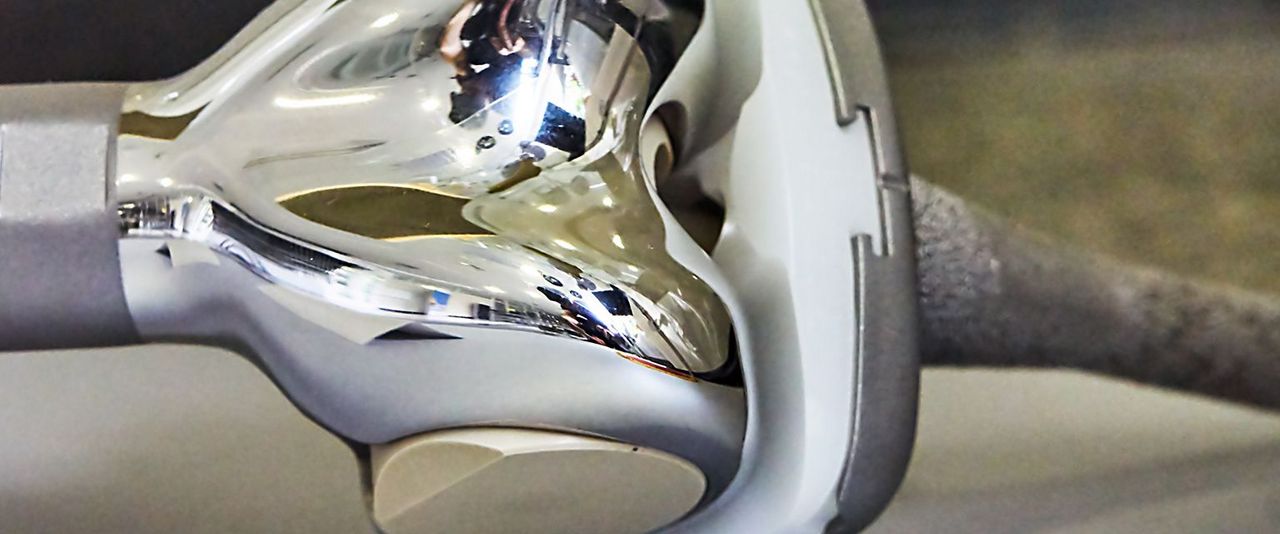How Grinding Automation Can Supercharge Your Medical Implant Manufacturing Process
Any medical implant manufacturing process is challenged to meet the growing demand for stronger, safer parts while maintaining compliance to stringent FDA requirements.
This might be best illustrated through the increase in artificial hip procedures, which have evolved from their original purposes of maintaining personal mobility of older populations to include younger, more active people of varying sizes. The volume of primary total hip arthroplasty procedures is expected to increase by 71 percent by 2030.
Consider a few of the issues faced by medical implant manufacturers:
- Materials must be stronger, tougher and longer-lasting without being brittle.
- Implants must continue to be top quality, with a safe composition and smooth finish, to avoid product recalls and potential liability.
- Increases in demand for implants place greater importance on speed to market.
More expensive materials and demands for efficiency in the manufacturing of medical implants play to the strengths of automation.
Here are five ways grinding automation can improve your medical implant manufacturing process:
1. Shifts in Materials Mean Changes in Production
Medical implant manufacturers used to be able to mill hip implants made of titanium. But the desire for stronger, longer-lasting parts has led to the use of cobalt chrome, which is a tougher material but is more difficult to machine with a cutting tool.
The medical sector also favors stainless steel — another material tough on milling — for its strength, flexibility and aversion to contamination once inside the body.
Metal-bonded grinding wheels are being used to machine these high-alloy materials, but that often requires moving the grinding wheels to a secondary piece of equipment for processing and remounting them on the grinding machine. Repeated handling can increase the likelihood of dressing and remounting error and imprecision. For shops with dressing machines, preparing grinding wheels still requires time and handling and may not achieve precise results. Many shops send their grinding wheels out to subcontractors for dressing, magnifying complications.
STUDER WireDress® technology is completely integrated into the cylindrical grinder and control system, so dismounting and resetting of the grinding wheel during reassembly is no longer necessary. It allows shops to dress their own metal-bond wheels directly on the machine at full operating speed, eliminating wear on dressing tools and labor-intensive reinstalling and resetting processes. That integration essentially automates what was previously a manual process, saving time and money.
2. Compliance Requires Repeatable Precision
The FDA approval process for medical implant manufacturing is stringent, as it should be for a part that will eventually go into a human body.
Any medical implant manufacturing process must be approved, including a test manufacturing run from which samples are inspected and reviewed for possible contamination, surface finish quality, and other technical specifications. The FDA approval covers not only implant material but also the machine, type of loader (if one is used), grinding wheel, fluids, and other aspects of the manufacturing process. Once approved, a process cannot be changed without retesting.
In the case of UNITED GRINDING, our experience with grinding automation makes for a repeatable, more efficient process needed to produce a perfect part every time.
3. A Smoother Transition to a Faster, More Polished Finish
Another challenge facing medical implant manufacturers is the need for a polished finish, especially with stainless steel knee implants. Traditional milling produced a knee implant with rough surfaces, and often burrs, which required a separate smoothing process and a high scrap rate. The smoothing process was sometimes done by hand or with a sanding belt, with some manufacturers turning to a robotic belting system.
In several cases, UNITED GRINDING was able to produce an implant that had higher quality surface finish, effectively eliminating the need for a belting process and shortening the time from blank to finished part. This process can be automated, ensuring consistent parts time after time.
4. Versatility While Maintaining Precision and Quick Turnarounds
While medical implant manufacturing processes differ greatly from automotive and aerospace applications, they are similar in terms of strict requirements for high-precision parts with less scrap. Accuracy, speed and ease of changeovers are paramount.
The versatility of STUDER cylindrical grinders offers many benefits when working with complex parts like medical implants:
- The ability to handle OD and ID functions with a single clamping
- An extremely rigid base that allows machining processes to achieve truly microscopic tolerances
- Linear motors that are faster, which allows for faster moves between grinds
- The ability to be paired with a fully integrated machine tending system such as the flexLoad to achieve maximum efficiency
5. Efficiency, Productivity for Machines and Human Capital
Grinding automation not only helps you achieve OEE, it keeps highly-skilled employees safer and allows you to deploy them and train them for some of the more high-value tasks needed with medical implant manufacturing.
Automated grinding machines are able to do much larger job runs without sacrificing precision or quality while reducing wasted movement. Other aspects of improved efficiency for medical manufacturing include:
- Several machines in our portfolio utilize linear motors, which don’t have ball lead screws, which means fewer wear parts and less downtime for maintenance.
- With the proliferation of more advanced alloys, such as cobalt chrome, the grinding process became much more practical due to the properties of this material and the difficulty of machining cobalt chrome using alternate methods.
- Some machines in our portfolio utilize high powered lasers for laser ablation processes, which allow flutes, spirals, and other small parts to be cut without exerting forces on the workpiece that increase the risk of breakage.
A Medical Implant Manufacturing Process Will Benefit from Agility Amid Complexities
The evolving dynamics of the medical implant market favors manufacturers that are agile, able to work with increasingly complex parts made from new materials, and are able to deliver timely turnarounds. Grinding automation offers not only repeatable precision but also the versatility and efficiency sought by medical implant manufacturers to reduce product lead times while increasing productivity.
Inquire today about UNITED GRINDING’s Automation Solutions to learn how we can help boost your medical implant manufacturing process.









